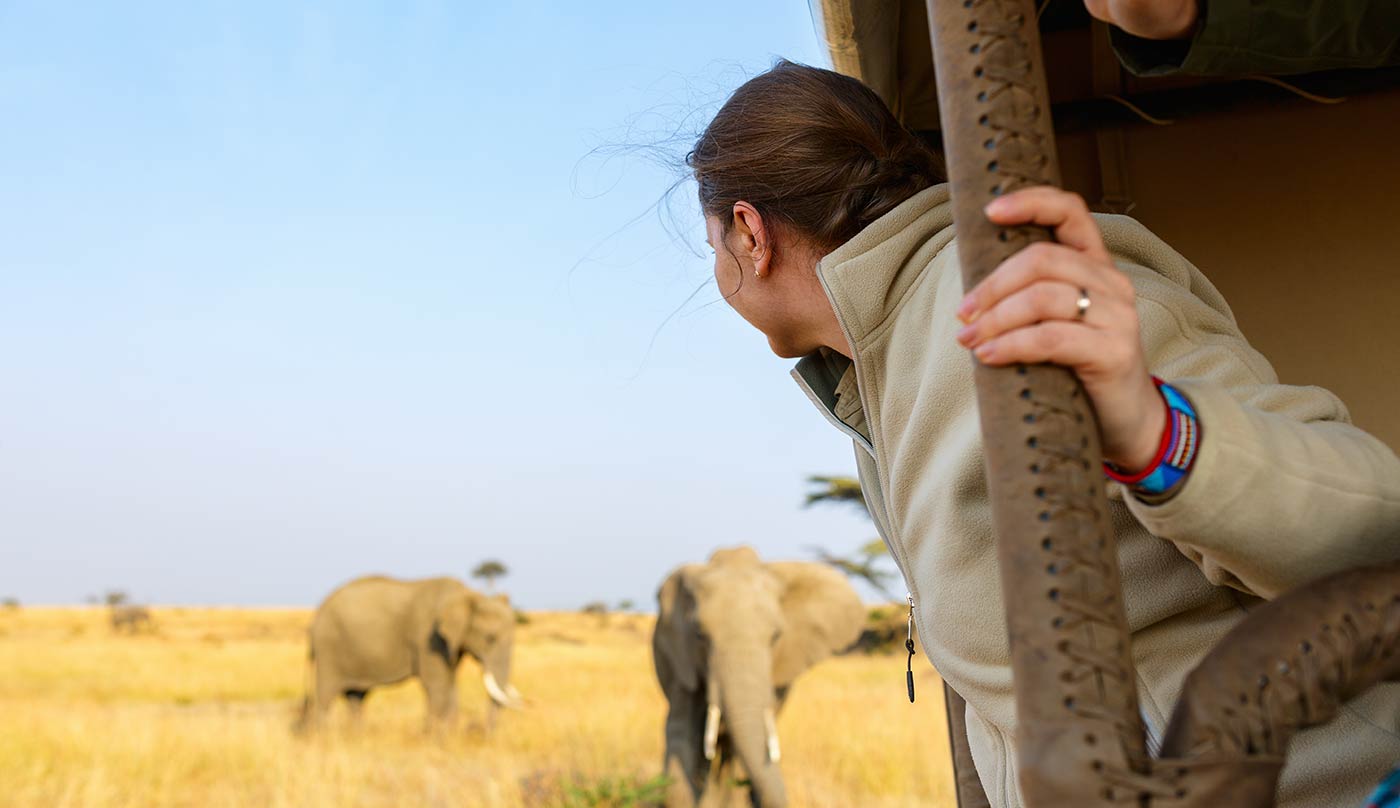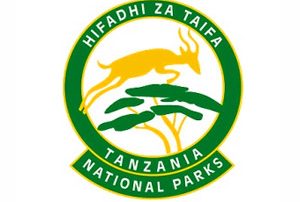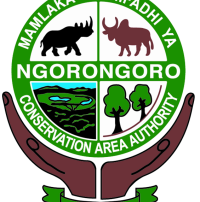Lake Ngozi or Ngosi
Standing as the second-largest Crater Lake in Africa, Lake Ngosi is the leading tourist attraction in the Rungwe district, Southern Highlands of Tanzania, attracting hundreds of visitors each year.
Lake Ngosi. The lake is located about 38 kilometers south of Mbeya city, near the sprawling Tukuyu Township. It is located on Ngosi peak on the Uporoto Mountains which makes up part of the Eastern Arc ranges.
It stands at 2,600 meters above sea level in a thick, natural forest of the Uporoto nature reserve, covering some 9,332 hectares of land. Lake Ngosi is 2.5 km in length and width 1.5 kilometers and 75 meters deep.
How to get to Lake Ngozi
To reach the lake, one has to drive and stop at the edge of the Uporoto Forest Reserve at the foothills of the Uporoto range. It takes up to two hours to walk from the foothill to the ridge where the lake lies 200 meters below.
It is an exciting adventure to trek or walk through the dense montane forest to the crater rim. Monkeys and many bird species can be seen in the forest, which is also home to an endemic species of chameleon and montane, wild banana trees.
The leading route is made up of cascades, horrific gorges, and valleys where someone could fall with no option of rescue. Walking and climbing around Uporoto range is not something to take lightly, one is supposed to be very careful.
It is risky to fall into the gorges if one treks without care, and, if one falls into one of the numerous gorges on the way to the lake, there is no option to survive. Blessing Safaris guides are familiar with the routes and can guide you carefully and safely. Despite those risks, it is automatically safe to trek to Uporotos and view magnificent Lake Ngosi which is a sight of outstanding natural beauty and a superb hiking hotspot.
Lake Ngozi View
It is a green, shimmering lake walled by the collapsed caldera of the extinct Ngosi Volcano. The peak is the highest point of the Uporoto Ridge Forest Reserve. The forest has an endemic three-horned chameleon (Chameleon fuelleborni).
This stunning caldera lake dates from some time in the Neocene period. The water is slightly brackish, contains some fish, and is up to 75 m deep. The lake has spiritual significance for the local inhabitants.
A caldera is a roughly circular depression formed by the collapse of a magma chamber roof onto its magma body beneath. It is a large rounded depression resulting from the destruction of a volcano in a violent eruption.
The mountain and the lake are counted to an age of one million years and remain an old volcano that has now collapsed to form a wide caldera filled with shining alkaline ‘soda’ waters.
The waters of the lake are said to have magical medicinal powers. Ngosi means ‘The Big One’ in the vernacular Kinyakyusa dialect. Climbers looking to view this scenic lake are well rewarded with excellent views from the top of the sharp crater rim, from where the lake gleams below with an overwhelming tranquil air, and beyond the land is pocked with the points of smaller volcanic peaks.
Walking to the rim leads through upland grasslands and tropical forests where families of Colobus monkeys chatter and play, and a miasma of birds take refuge. The path leads into the forest for about 2.5 km and then begins the climb to the crater top.
Just before the top, the path branches in two the right-hand path leads swiftly to the peak, and the left leads down to the water’s edge.
Other Experiences

Tarangire Day Trip

Tarangire Day Trip
























































